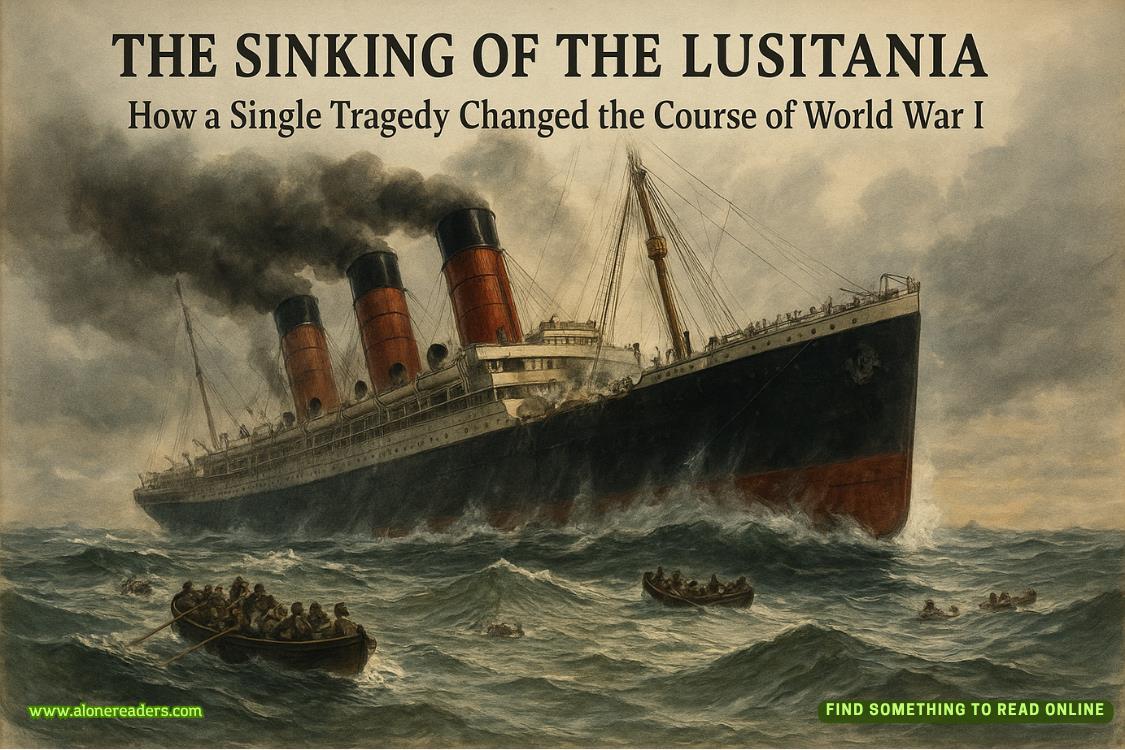There was no doubt of it: both came out of the same genetic well. History had washed them in the same waters, transferring the needs of one to the needs of the other.
Slowly, Bickel turned, looked through the screen at the big laser-pulsed autolog in Com-central recording the passage of Earth-time. It recorded eighteen weeks, twenty-one hours, and twenty-nine seconds. It clicked over another minute as he watched it.
For most of those pulse-counted minutes, Bickel thought, the Tin Egg’s crew had been under the pressures of a ship in peril. The danger was real, no matter its source or intent; he had only to study the report on damage accretion to confirm this. But the pressure on the umbilicus crew had started with the loss of the Organic Mental Cores. The pressure had started when they were no longer shielded by another consciousness.
For the first time, Bickel turned his thoughts onto the concept of consciousness as a shield—a way of protecting its possessor from the shocks of the unknown. It was an “I can do anything!” answer hurled at a universe that threatened you with everything.
He lowered his attention to Flattery who still sat half cocooned in the action couch, and Bickel sensed defeat in the curve of the man’s shoulders and the set of his face.
Why is he so quick to accept defeat? Bickel wondered. It’s almost as though he wanted it.
The answer came to him on the heels of the question: If you’re programmed for destruction, you have a need for destruction. With a sense of growing awareness, Bickel turned to look at the Ox construction, focusing on the angles and blocks and the tangle of neuron connections.
But I’ve programmed this beast for violence!
Forcing himself to appear calm and natural, Bickel shifted the jackboard for a diagnostic check on the program, traced out the condition of the routine. His throat went dry as he scanned the readout.
The embryo he had placed at the Ox’s mercy—it was dead. No … dead was too simple a word for what had happened to that embryo. It had been disintegrated, torn asunder, broken down to its constituent molecules. The record was all here on the tapes and discs, betraying also the reason for the destruction.
Prue’s question!
The embryo had been subjected to a violent experiment in the computer’s search for information.
A violent and useless experiment. This certainly could not have produced much data—except for some of the more grossly apparent characteristics of acid phosphatase—and perhaps negative data about other biochemistry.
It’ll kill to get information, Bickel thought. It has an ability of sorts to accept motivation—if we give it motivation.
Chapter 26
There’s a trait called initiative which is balanced against caution. Too tight a balance and you get oscillatory inaction, but that balancing act rides the wave of consciousness. All creatures display it in some form, but the sophisticated, symbol-juggling form displayed by humans has to be related to the kind of consciousness-answer we seek.
—Morgan Hempstead, Lectures at Moonbase
Prudence wiped perspiration from her cheek, returned her attention to the big board. For almost half an hour now she had been dividing her attention between the board and Bickel. It drained her.
Bickel, working in the shop with Timberlake, obviously was caught in unspoken indecision, skirting all around it. Something had happened … something which Bickel refused to share with the rest of the crew. He went through the motions of refining that Ox-monstrosity, but something was making him fearful beyond any normal caution.
A telltale on the board flickered into the red.
“We’ve just lost another sensor,” Prudence said, reading the telltale. “ … at 4CtB5K2.”
“Second pi, fourth ring and in behind number five shielding layer,” Timberlake said. “That’s damn close to the hyb tanks.”
“I’ll check it,” Flattery said, unlocking the bottom of his couch. He swung his feet to the deck, slipped his helmet forward, but left it unsealed.
“Is there a robox-R in that area?’ Bickel asked.
“What’s the difference?” Flattery asked. “By the time we found one and traced out the control sequence—”
“Are we going to check that sensor or aren’t we?’ Timberlake demanded. He glared into the screen at Flattery.
“I’m on my way,” Flattery said. I mustn’t let Tim preempt this job, he thought. I need the excuse to go past quarters for a quick check on what Bickel’s done. It’s something violent and dangerous. He has himself under very thin control.
“Raj,” Prudence said.
He turned at the hatch.
“That … thing down there in the shop could reproduce itself with no help from us. Every machine tool, every robox monkey, every muscle and sensor is programmed through the computer. Once the last tie-in is made …”
Flattery wet his lips with his tongue, ducked out through the hatch without answering her.
Why’n hell did she bring that up now? Bickel wondered.
“That goddamn slowpoke,” Timberlake said. “I should’ve gone myself.”
Prudence shifted a corner of her board to monitor Flattery’s progress. She glanced up at the screen. Bickel was staring back past her at the hatch where Flattery had gone.
Raj was depressed at the thought of reproduction being linked to consciousness, Bickel thought. What Prudence told him should’ve lifted some of that depression. It didn’t.
A sense of foreboding poured through Bickel.
Programmed for destruction equals a need for destruction, he thought.
What am I afraid of? he wondered. What new thing? The fact that the Ox could reproduce itself by using the tool tapes and mechanical muscles of the ship?
“Prue, do you have a fix on Raj?” Bickel asked.
“He has a prime repair dolly and he’ll be at the trouble spot in another minute or so,” she said. “I ran a continuity check on the …”
“No sense in that,” Bickel said. “The trouble’s in the sensor itself. The continuity net has hundreds of backups and alternate circuits. What failed, a heat sensor?”
“Multiple,” she said. “Heat-sound-visual.”
“That thing’s down near the temperature-control shutters in the baffle to the hyb tanks,” Timberlake muttered. “Too goddamn close to them. You getting any heat shifts on the other sensors?”
“Nothing significant,” she said.
Prudence flicked a switch, watching the shifting factors of temperature-weight-sound on her board, the telltales moving with Flattery. She hit another switch: “Raj, how much longer?’
Flattery’s voice came out of the overhead command vocoder: “Another minute or so.”
They waited in silence, listening to the sounds of Flattery’s progress through the open command vocoder.
Prudence activated a guide beam to the dead sensor as Flattery passed the water baffles.
“Baffles secure,” she said, reading her board.
“All secure,” Flattery said.
He dogged that last hatch, knowing the action would register in front of Prudence in Com-central. The action sent a faint fear response through him. He had symbolically cut himself off from the core of the ship.
I’ll fix this sensor and get back to quarters as soon as I can, he told himself. It’ll seem natural for me to stop off there on my way back. I have to find out what Bickel’s done, but I can’t make him suspicious.
Flattery turned, studied his surroundings. He stood in the bulb lock that served as a hub for outer-hull communications tubes in this sector. It was an oval for strength, about six meters across its short diameter, and seven meters deep. He oriented himself by the faint pull of ship gravity.
The nonfunctioning sensor was up a tube that curved off at two o’clock on his right. Tube eight, ring K. The number checked. The failure would be at the five-line. He stared into the pale gray metal gap illuminated by cold light. A green guide beam beckoned in the tube.
Prue remembered to set the guide beam, he though
t.
He took the repair dolly in his left hand, made the low grav leap across to the tube and caught its access rung. He pushed the dolly in ahead of him, setting its sensors on the printed track, fed it low power to pull him into the tube.
The autolock’s sphincter closed behind him. He suddenly remembered Anderson strangled in a rogue sphincter … but of course that was no problem now … with all the OMCs dead. The fact that one of the crew had to come out here and make this repair meant the dangers were of another sort.
“Something wrong?” Prudence asked, her voice filling his helmet.
She saw the telltales stop here, Flattery thought. It gave him a feeling of reassurance that she was so alert to his movements—or lack of movements.
“Nothing wrong; just being cautious.”
“You want Tim to come out and back you up?” Prudence asked.
“I don’t need anyone to hold my hand!” Flattery snapped, and he wondered at the sudden anger he’d thrown into that rejection.
“You’re at Station Two,” Prudence said. “There’s video on Two. Check.”
Flattery glanced up at the ring of sensors on the tube, saw the one circled with yellow for video, waved at it as he passed.
The robox-R’s imprinted track curved up the tube side to clear the base bulge for the next automatic lock. He went through, looked back as the transparent shutters squeezed closed behind him. The ship’s core felt so far away back there.
He looked forward, letting the robox unit tow him with its faint hissing growl, letting the loneliness seep through him. With an OMC in control, an automatic robox repair unit could have been sent on this little chore. Mobility, that was the problem. Where there were fixed automatic repair units—along the outer hull and at the major bulkhead locks, at the baffles and core-integrity barriers—the ship took care of itself with only a little help from its crew. But let a little thing like this come up—where you needed mobility and a decision factor—then one of the crew had to risk himself.
Flattery cursed the Tin Egg’s designers then. Hate poured out of him. He knew why they had done this—the “planned increment of frustration” they called it. That was fine—as long as one of the ship’s designers didn’t have to experience the frustration … or the deadliness.
He was at Station Four now, coming up on Five.
“Station Five coming up,” he said. “Hey!” He cut the power on the robox, braked himself against the station’s ring, stared up at the overhead arc of sensors. A neat, shiny hole plugged with gray foam-coagulant occupied the position where the multi-sensor had been. The yellow-green-red code rings on the tube around the hole had not been touched. He swung his gaze around the tube and the other sensors. All appeared to be functioning.















